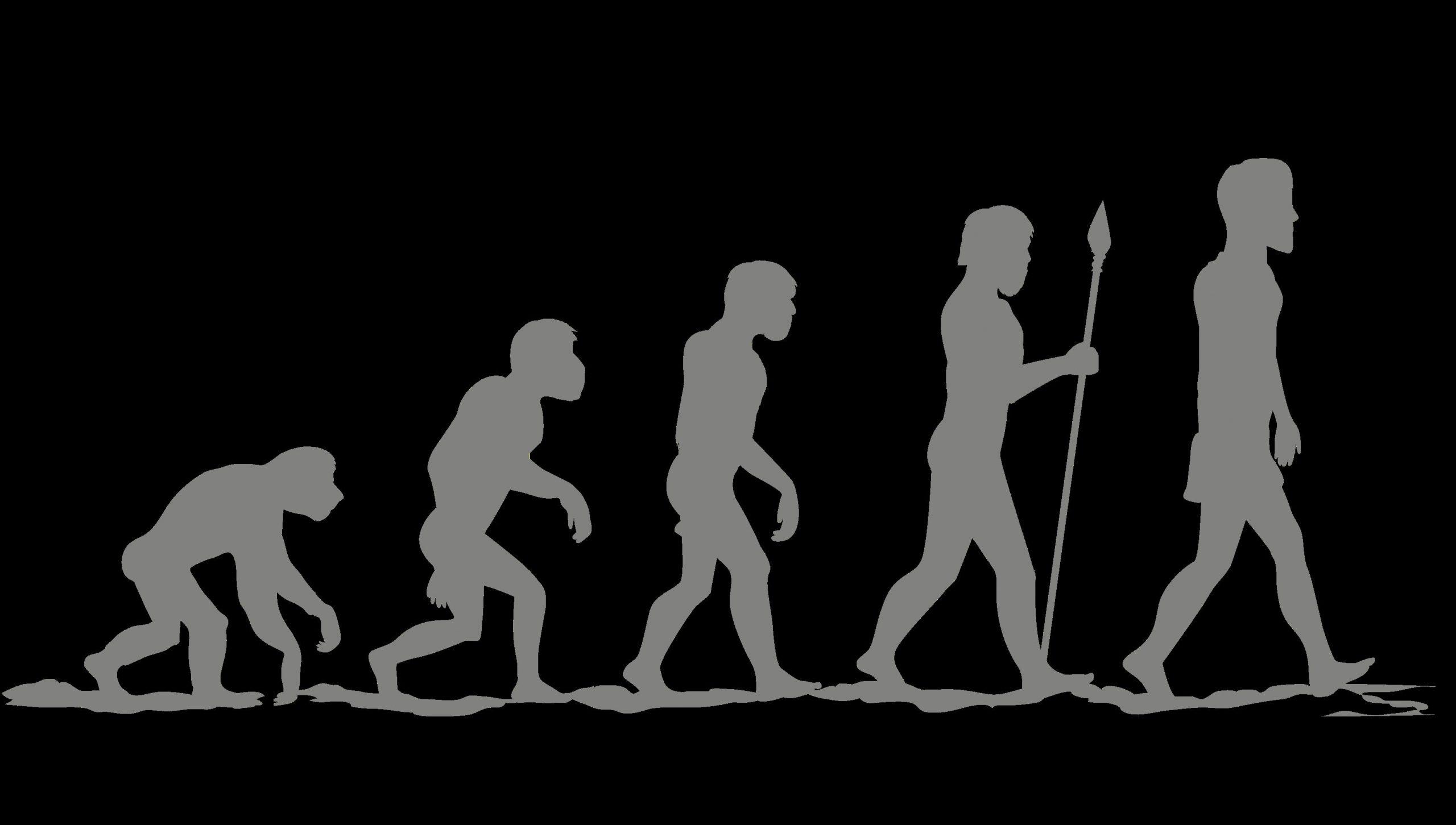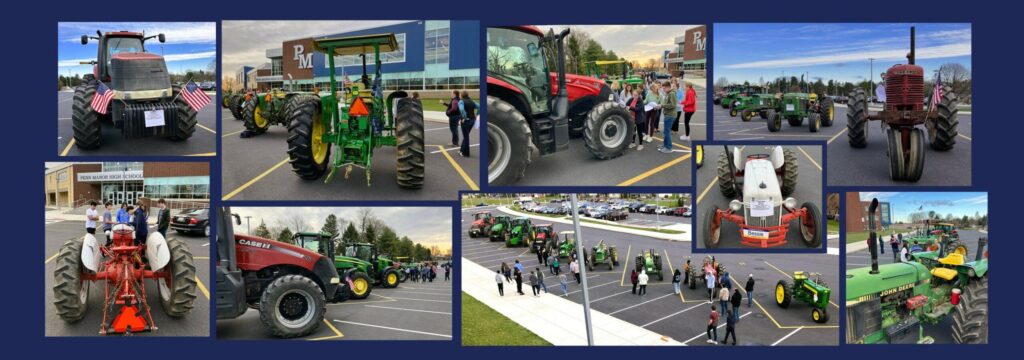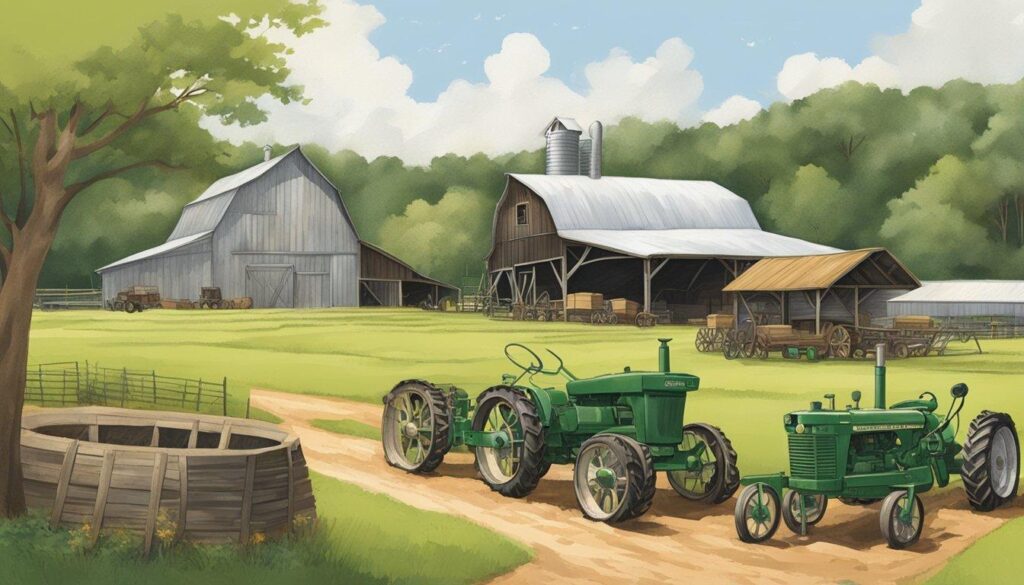The transformation of agricultural machinery as 1900 represents one of the most significant technological revolutions in farming history. From primitive steam-powered engines to todayS GPS-guided autonomous vehicles, tractors have evolved dramatically, reshaping how humans cultivate land and produce food.This evolution encompasses not only mechanical improvements but also innovations in fuel efficiency, environmental impact, and operator comfort. The following milestones highlight the key developments that have defined tractor technology over the past 120+ years, showcasing how these machines have become increasingly sophisticated tools for modern agriculture. The agricultural revolution gained momentum with mechanized farming, transforming the humble tractor into an indispensable tool.In 1901, the Hart-Parr Company introduced the first internal combustion tractor, marking the beginning of modern agricultural mechanization.
The Fordson Model F emerged in 1917, becoming the first mass-produced tractor. This breakthrough made mechanical farming accessible to average farmers, revolutionizing agricultural practices worldwide.By 1924, International Harvester developed the Farmall, the first row-crop tractor designed specifically for cultivating planted rows.
The 1930s witnessed the introduction of rubber pneumatic tires, replacing steel wheels. This innovation considerably improved traction, reduced soil compaction, and increased operational speed. The decade also saw the implementation of the power take-off (PTO) system, enabling tractors to power various implements through a rotating shaft.
The Ferguson System, developed in 1936, brought three-point hitch technology to tractors. This hydraulic system allowed better implement control and weight distribution, becoming an industry standard. The 1940s introduced live hydraulics, permitting continuous implement operation even when the clutch was disengaged.
Diesel engines became mainstream in the 1950s, offering better fuel efficiency and durability compared to gasoline engines. The same decade saw the integration of power steering, reducing operator fatigue and improving maneuverability.
In 1963,the first four-wheel drive tractor entered commercial production,providing superior traction and pulling power for heavy-duty applications.The 1970s brought cab enclosures with climate control, significantly improving operator comfort and safety.
electronic systems emerged in the 1980s, introducing digital displays and monitoring capabilities. This technological leap laid the groundwork for precision farming. The 1990s saw the integration of GPS technology, enabling automated guidance systems and precise field mapping.
The turn of the millennium marked the advent of variable rate technology (VRT), allowing farmers to optimize input application based on field conditions.By 2010, telematics systems became standard, providing real-time data on machine performance and operational efficiency.
The latest milestone arrived with autonomous capabilities in the 2020s.Self-driving tractors, equipped with artificial intelligence and advanced sensors, can now operate independently while being monitored remotely.
These innovations have collectively transformed tractors from basic mechanical workhorses into sophisticated agricultural machines. Modern tractors incorporate features like CVT transmissions, intelligent power management, and integrated precision farming systems.They can process vast amounts of data, adjust operations in real-time, and communicate with other farm equipment.
The evolution continues as manufacturers focus on electric power, choice fuels, and enhanced autonomous capabilities. Each milestone has contributed to increased productivity, reduced environmental impact, and improved farming efficiency, shaping the future of agriculture.



